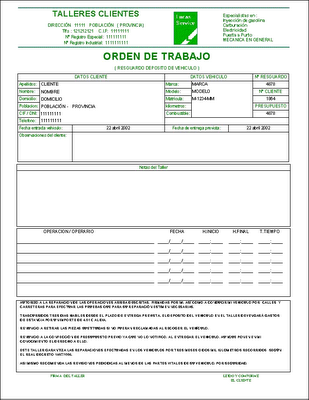 According to the context in which it is used, the word trapeze will present different references ...
According to the context in which it is used, the word trapeze will present different references ...
At the behest of the Geometry, the trapeze is a geometric figure consisting of an irregular quadrilateral that has only two of its parallel sides. These are known as bases and are separated by a distance known as height, while the segment whose ends are the midpoints of the non-parallel sides is designated by the median term.
According to the internal angles that it presents, there are different types of trapezoid; straight or rectangle trapezoid (it has two right internal angles, one obtuse and one acute), Trapezium isosceles (has two acute and two obtuse interior angles) and the scalene trapezoid (The four internal angles have different amplitudes).
On the other hand, in the circus arena, The trapeze is a horizontal pole that is suspended from two ropes at its ends and that allows the performance of acrobatics, exercises and pirouettes almost in the air by those professionals trained in the aforementioned work. They are known as trapeze artists and they turn out to be one of the top attractions within the circuses. One of the usual routines carried out by trapeze artists, generally in pairs or more, is to swing high on the trapeze and then jump great distances to drop one of these instruments and cling to another that hangs on the opposite side.
And in anatomy the term has two uses, on the one hand the trapezoid is one of the muscles of the human body found in the posterior region of the neck and trunk. Humans have two trapezius muscles that run from the occiput to the shoulder blades and the dorsal vertebrae.
And on the other hand, a trapezoid is also called a bone that is part of the human hand, precisely the wrist; It is a carpal bone that articulates with the first metacarpal bone, the scaphoid bone, the trapezoid bone, and the second metacarpus.









